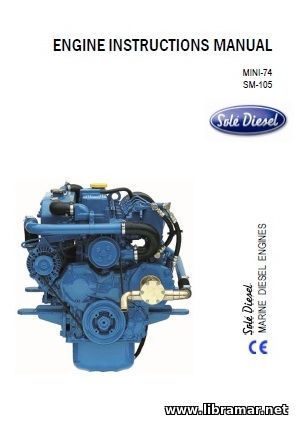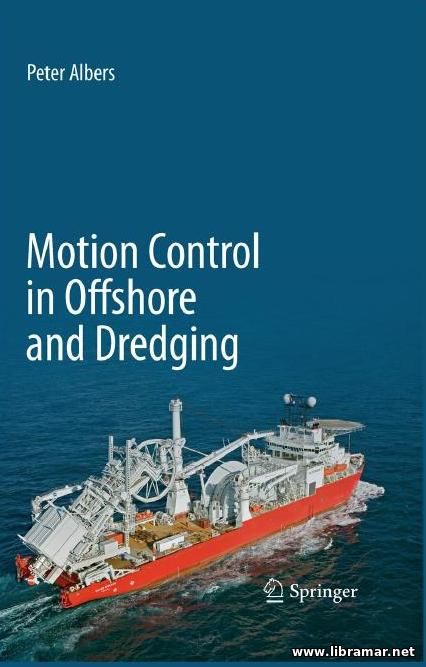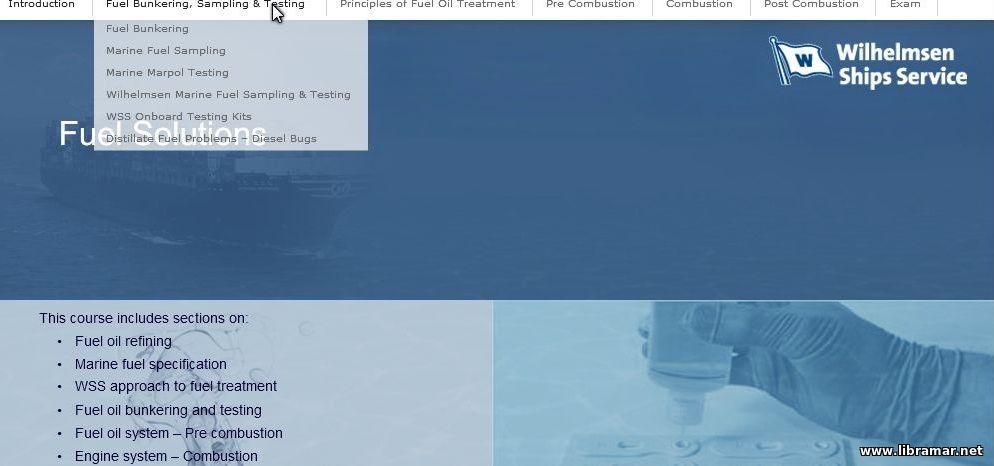Offshore Supply — Loading and Discharging Bulk Cargo
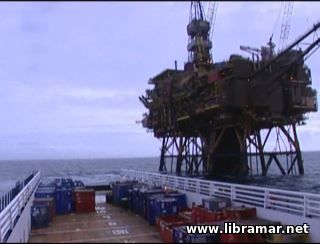
Loading and discharging bulk cargo is a common procedure for offshore vessels. But it is a very challenging operation. It requires attention to detail and a good awareness of safety issues, whether the cargo is liquid or powder. Before loading the equipment including connections and hoses must be thoroughly checked. Pressure testing may be required. Loading usually takes place at a shore base organized by the charterer. The charterer will determine what quantities of which materials will need to be loaded.
It is essential to make a loading plan with the shore-based staff. This will detail the piping and valves that must be used, the quantities to be loaded, and the expected timing of the procedure. The cargo hazards must be checked and measures taken to minimize the risks of spillage and personnel injury. The correct PPE must be worn. The MSDS – Material Safety Data Sheet - will indicate what is required. Liquid cargoes vary in their hazards - some, like potable water, present little hazard; others, like fuel oil or methanol, are hazardous. If the cargo is hazardous, safety and spill response equipment must be put in place ready for use.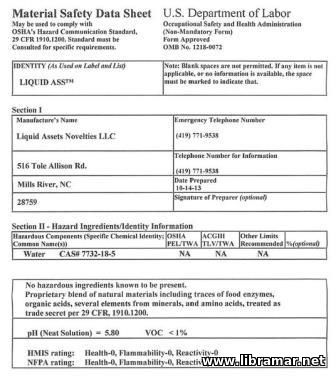
The connection of the shore hose requires attention to the proper connecting procedures. Once the loading is underway, the flow must be monitored. There must be continual checking that no leaks develop. The pressurized air used to load dry bulk products is a hazard itself. Safety glasses should be worn for any job that could involve loose chippings. The loading hoses must be secured to prevent their moving and becoming a hazard. Where the venting hose is placed in the water, it must be properly weighted and placed away from the jetty.
All hoses including the venting hose must be monitored during loading. Slower rates of cargo transfer should be used at the start and near completion. Once loading is complete, the pipework and hoses must be purged, depressurized and then disconnected. The air pressure in the hose is released by a vent valve. But these valves can become blocked and must be checked and cleaned if necessary before venting. On completion of loading liquid bulk cargo, the hoses will need to be dried before disconnection.
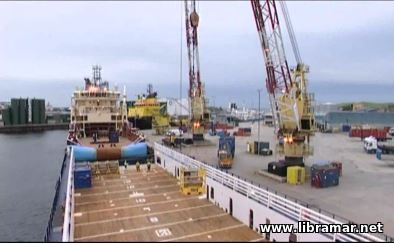 Before the vessel begins operations offshore, there must be a discharge plan agreed with the installation. Everyone on deck needs to know what they have to do and how long it is expected to take. Checklists may need to be completed and signed by the vessel and the installation. The type of connection to the installation hose must be known and understood by the deck crew. The installation will pass down the hose once they are ready. The vessel’s pumps or air compressors will be needed.
Before the vessel begins operations offshore, there must be a discharge plan agreed with the installation. Everyone on deck needs to know what they have to do and how long it is expected to take. Checklists may need to be completed and signed by the vessel and the installation. The type of connection to the installation hose must be known and understood by the deck crew. The installation will pass down the hose once they are ready. The vessel’s pumps or air compressors will be needed.
The hose shall be long enough to allow for the vessel’s movement. Ideally, it would have floatation colors. The hose should be secured so that it can be seen from the bridge and so that it will not interfere with the propellers or thrusters. At night, the hose will need to be lit. Before starting either liquid or dry bulk cargo discharge, the vessel’s working pressure and emergency stopping procedures must be discussed and agreed with the installation. The bridge must be adequately manned to cover both maneuvering the vessel and cargo operations taking place. Personnel on deck must always aware of what is going on around them and any potential hazards.
Direct physical contact with any bulk cargo other than water must be avoided. If any cargo gets on exposed skin, it must be washed off immediately. Once the transfer is underway, the main task is monitoring the flow. If there is a problem, it is better to cause a delay by stopping the operation rather than risking pollution or injury. At all times, there must be a good communication with the installation.
During dry bulk cargo operations, the installation will monitor their vent. The bridge should do so too as this can give warning of 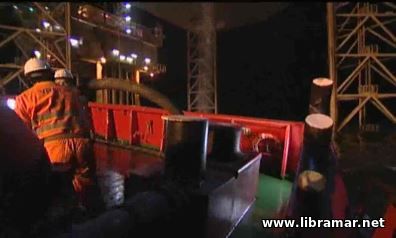 cargo blockages. With powder cargo, this is quite likely to occur. On completion of dry bulk cargo, the hoses and pipework will need to be purged, depressurized and disconnected. The air pressure must be vented from the hose. Deck crew should check that the hose is less rigid before they disconnect it.
cargo blockages. With powder cargo, this is quite likely to occur. On completion of dry bulk cargo, the hoses and pipework will need to be purged, depressurized and disconnected. The air pressure must be vented from the hose. Deck crew should check that the hose is less rigid before they disconnect it.
It is possible that the installation will need to back load bulk liquids, often contaminated liquid muds so the vessel shall be aware of the chemical hazards associated with these muds. There must be a proper plan, agreed upon pressures and emergency stopping procedures. On completion of all liquid cargo operations, the hose will need to be drained back to the vessel to ensure there is no spillage. If hoses, pipework, or tanks need cleaning, established procedures shall be followed in line with MARPOL requirements.
The "Read Later" function allows you to add material to this block with just one click. Just click on the icon and read the articles that interest you at any convenient time.
